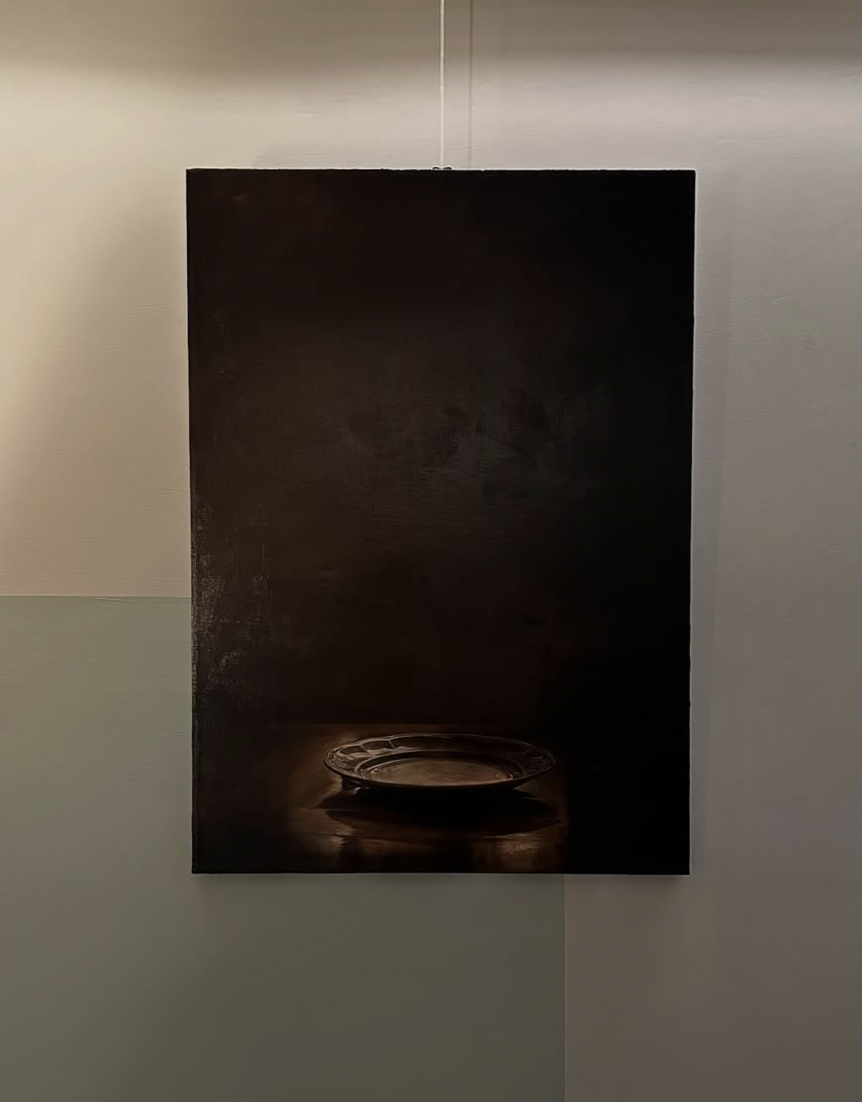16 July > 15 October 2025
L’estetica del gusto
Curated by Simone Ceschin
In collaboration with Tabor Art e Lions Arte Cultura e Design
16/07 > 15/10/2025
Palazzo Ca’ Vendramin Calergi
Alessandro Borghese - il lusso della semplicità
Cannaregio 2040, Venezia
The exhibition The Aesthetics of Taste, curated by Simone Ceschin, is hosted inside the elegant setting of Palazzo Ca’ Vendramin Calergi, within the spaces of the restaurant AB - The Luxury of Simplicity. It presents the works of twenty artists from the Academy of Fine Arts in Venice: Sofia Battan, Anna Benetti, Ilaria Costaglia, Leonardo Dalla Torre, Sara Devetta, Arianna Gobbi, Giulia Malatesta, Massimo Munich, Daniela Moruz, Elia Peruffo, Emma Perona, Silvia Pezzi, Isabella Ponte, Giulia Rinaldi, Elsa Scagliarini, Stefania Serio, Nicole Sinigaglia, Emma Soddo, Gaia Tessarolo, and Erika Verlato.
Starting from different research paths and artistic sensitivities, the artworks in the exhibition explore the idea of taste as a complex experience that can evoke sensations, memories, and meanings.
Every form of taste is, first of all, a form of judgment. We choose, select, discard. Yet, the act of tasting is not only about making a choice—it is an experience that takes place in the body, that takes time, and that leaves traces. Taste involves elaboration, layering, and symbolic construction. We could describe it as a language.
The works in the exhibition explore a liminal space—where pleasure meets form, where the material of food becomes image, symbol, and vision.
The artists do not present taste through obvious images, but instead explore its perceptual, social, and symbolic meanings. Food, and everything around it, becomes a gateway to a wider world, where rituals and obsessions are reflected—overlapping natural and artificial, memory and transformation—creating a sensory landscape in which identity and culture come together.
The artistic intervention blends into a space already full of meaning, where the aesthetics of taste is not just a metaphor, but a daily practice. Each work becomes a pause in the flow of the dining experience—a moment that brings depth, reflection, and new meanings. Painting moves beyond simple visual pleasure and opens up to a slower, more attentive gaze, shifting from consumption to contemplation.
The artworks are not just displayed—they engage in a real dialogue with the environment around them. In this way, the exhibition becomes an aesthetic device that transforms the dining space into an exhibition space, redefining the boundaries between art and everyday life. Food is a living material and a repeated gesture; the images on display reflect, double, and sometimes break apart the rituals of preparation, cutting, waiting, and eating. The scenes—someone taking a break to eat, a dish being prepared, fragments of ingredients or tableware—encourage us to look more closely at everyday life.
The exhibition invites us to slow down, to pause, and to rediscover the time of seeing, just like the time of tasting. In an era where consumption often simplifies and speeds up every gesture, these paintings remind us of the importance of care, choice, and attention.
Simone Ceschin



